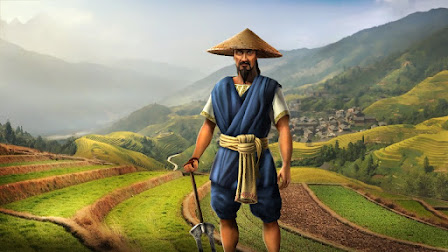Introduction – History Review of Japanese Food
Japanese cuisine has been influenced by other countries' food customs, but it has adopted and refined them to create its own distinct cooking style and eating habits. Around 300 B.C., China was the first foreign influence on Japan, when the Japanese learned to cultivate rice. The use of chopsticks, as well as the consumption of soy sauce and soybean curd (tofu), originated in China.
Beginning in the early 1200s, trade with other countries began bringing Western-style influences to Japan. Corn, potatoes, and sweet potatoes were introduced by the Dutch. The Portuguese popularised tempura (batter frying). After a thousand-year ban, beef was reintroduced into Japan during the Meiji Period (1868–1912). Bread, coffee, and ice cream are examples of Western foods that became popular in the late twentieth century. Another Western influence has been the development of time-saving cooking methods. These include the electric rice cooker, as well as packaged foods like instant noodles, miso (fermented soybean paste) soup, and pickling mixes. The Japanese, on the other hand, are still devoted to their traditional cooking traditions.



Comments
Post a Comment